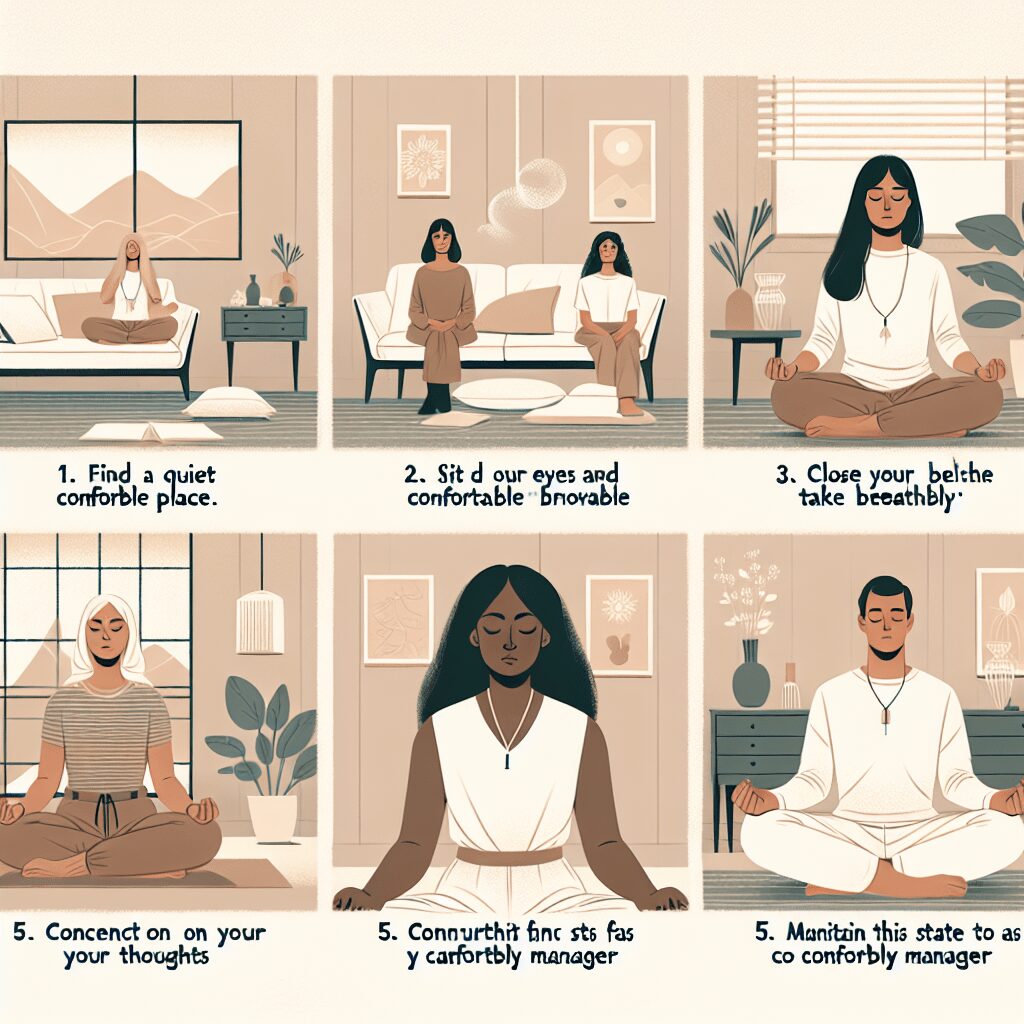
Prioritize your mental well-being daily. Enhance your life by nurturing your mental health with the Smart Meditation app. Break free from stress, alleviate anxiety, and enhance your sleep quality starting today.
How To Treat A Dog With Separation Anxiety?
Unraveling the Canine Conundrum: Easing Separation Anxiety in Dogs
Picture this: you’re about to step out the door, and Fido is already whimpering, pacing, and giving you the saddest puppy eyes known to mankind. Fast forward a few hours, and you’re welcomed back to a home that’s seen better days — think chewed-up furniture, an orchestra of howling that’s upset the neighbors, or an indoor potty situation. Ring any bells? If so, chances are, your furry best friend is battling separation anxiety, a plight as common as it is challenging. But fret not; there’s light at the end of the tunnel, and no, it doesn’t involve never leaving your house again!
Decoding and Dealing with the Dilemma
Understanding the Roots: First off, let’s get to the bottom of what’s rattling our canine companions. Separation anxiety in dogs is essentially a panic attack that happens when they’re left alone or away from their human family. It’s not about spite (even if it feels like it when you’re scrubbing the carpet). Rather, it’s a distress signal, saying, “I miss my human!”
Strategies to Alleviate Anxiety:
-
Gradual Goodbyes: Start by leaving your dog alone for just a few minutes and then gradually increase the time. It’s all about baby steps. This helps them understand that solitude isn’t forever, and yes, you will come back!
-
Distraction is Key: Before you head out, offer a puzzle toy or a treat-dispensing game that’s the canine equivalent of a Rubik’s Cube. The goal? Keep their mind so busy they barely notice you’re gone.
-
Create a Safe Haven: Whether it’s a cozy crate (think plush den, not doggy jail) or a comfortable room, having a dedicated “safe space” can make a world of difference. Add in a worn shirt of yours, and it’s like a security blanket with your scent.
-
Routine Rules: Dogs thrive on predictability. Having a consistent schedule for walks, meals, and playtimes can provide a sense of security and normalcy.
-
Farewell Fanfare? Nope: When it’s time to leave, keep your departures and arrivals low-key to avoid creating a hoopla. The less of a big deal you make it, the less of a big deal it becomes.
-
Professional Pals: Sometimes, a bit of outside help is needed. From dog sitters to professional trainers or even your vet, there’s a whole network ready to support you and your pup. Don’t shy away from seeking help.
Moving Forward Together
Hard as it may seem now, with persistence and patience, separation anxiety is conquerable. Remember, it’s a marathon, not a sprint; go easy on your dog and yourself. Celebrate the small victories, and know that every step forward is a step toward a happier, more secure pup.
At the end of the day, it’s all about understanding, compassion, and a dollop of clever strategy. With the right approach, you’ll soon find that leaving the house doesn’t have to be a hair-raising experience for either of you. Here’s to calm, contented goodbyes and even happier reunions!





